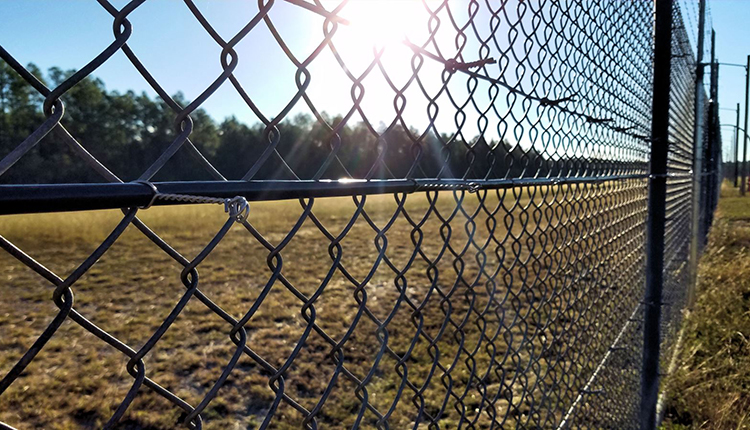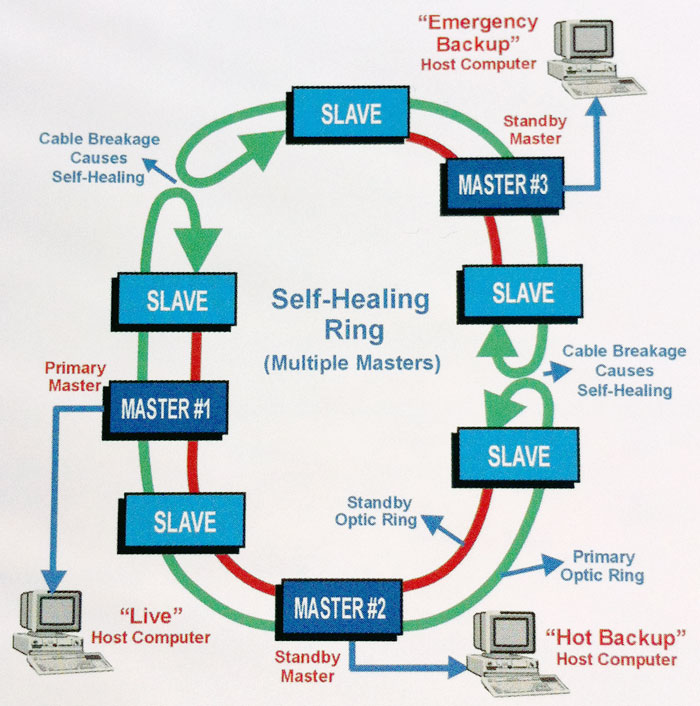How a Fiber Optic Security System Boosts Your Property’s Protection and Surveillance
The Ultimate Guide to Fiber Optic Protection Equipments for Your Organization
In an age where safety and security concerns are extremely important for services, comprehending the intricacies of fiber optic modern technology can be transformative. This guide outlines just how integrating fiber optic security systems not just enhances information security yet likewise offers benefits like resistance to interference and real-time surveillance capabilities.
Understanding Fiber Optic Technology

The core of a fiber optic cable television is composed of a thin glass or plastic center, bordered by a cladding layer that reflects light back into the core. Single-mode fibers are made for long-distance transmission, while multi-mode fibers are suitable for much shorter distances, typically made use of within buildings.
Optical fiber are not just faster however additionally more safe than conventional wiring. Their integral resistance to electromagnetic disturbance and the difficulty of taking advantage of the signal without discovery make them a favored option for businesses prioritizing information integrity and security. As companies progressively depend on safe and secure and effective communication systems, comprehending fiber optic innovation ends up being necessary for educated decision-making.
Key Benefits of Fiber Optic Safety
When taking into consideration protection alternatives for an organization, the benefits of fiber optic systems are specifically engaging. Fiber optic technology offers exceptional information transmission rates and data transfer capability, making it perfect for dealing with high-resolution video feeds from security electronic cameras. This ability makes sure that safety and security personnel obtain real-time information, improving general reaction times to potential protection hazards.
Additionally, fiber optic cable televisions are inherently immune to electro-magnetic disturbance, which can jeopardize the integrity of typical copper-based systems. This resistance makes sure that the data sent stays protected and uninterrupted, supplying a more reliable safety infrastructure. In addition, fiber optics are much less vulnerable to physical damages, as they are made from glass as opposed to steel, minimizing maintenance expenses and downtime.
Fiber optic systems supply enhanced cybersecurity features, including file encryption capacities that shield sensitive data from unauthorized gain access to. Collectively, these advantages make fiber optic safety systems a durable selection for businesses seeking to enhance their safety and security procedures.
Installment Process and Considerations
Thinking about the intricacies included, the installment process of fiber optic security systems calls for careful planning and execution. The initial action entails a thorough site assessment to determine optimal places for cabling and devices. This evaluation needs to take into consideration environmental factors, existing infrastructure, and potential susceptabilities.

In addition, the setup should conform with local structure codes and market requirements. This may consist of collaborating with different stakeholders such as building managers, IT groups, and safety workers to guarantee seamless assimilation with existing systems.
Post-installation, extensive testing is necessary to validate system efficiency and determine any problems that might occur. By prioritizing these factors to consider during the installation procedure, services can guarantee a durable and efficient fiber optic safety and security system that fulfills their certain safety and security demands.
Most Current Developments in Fiber Optic Security
Current developments in fiber optic modern technology have significantly improved the capabilities of protection systems for companies. Among the most remarkable developments is the assimilation of fiber optic sensors that can identify vibrations and breaches along the perimeter of a center. These sensors offer real-time surveillance, allowing quick reaction to prospective breaches.
In find here addition, the development of distributed fiber optic picking up technology enables for the continuous tracking of huge locations with a single fiber cord. This approach not only decreases installment costs however likewise boosts the reliability of keeping an eye on systems by eliminating the need for several, different sensing units.
Furthermore, developments in multiplexing methods have actually enabled companies to click here for more info transfer huge quantities of information over fiber optic networks, boosting the capabilities of video monitoring systems. High-definition video feeds can currently be sent out over cross countries without loss of top quality, ensuring that security personnel have access to clear and actionable information.
Finally, the use of synthetic intelligence (AI) along with fiber optic systems is reinventing risk detection. AI formulas can assess information from fiber optic networks to recognize unusual patterns or habits, permitting aggressive safety procedures. These developments collectively represent a substantial leap forward in fiber optic security technology.
Picking the Right System for Your Organization
Picking the proper fiber optic safety system for your service is important for making sure optimal protection and assurance. To make an enlightened option, evaluate your specific security demands, thinking about elements such as the size of your properties, the nature of your operations, and potential susceptabilities.
Begin by examining the level of security needed; for instance, risky atmospheres may demand sophisticated systems with integrated monitoring and intrusion discovery capabilities. Next off, consider scalability; as your service expands, your security system must be capable of expanding to accommodate increased needs without significant overhauls.
Furthermore, explore the integrity and efficiency of different systems. Search for suppliers with well-known credibilities and customer reviews that vouch for their service quality. It's likewise suggested to inquire regarding the innovation's compatibility with existing framework, making certain a seamless combination process.
Verdict
In verdict, fiber optic safety systems offer a durable solution for enhancing company safety and security infrastructures. The latest developments further reinforce the efficiency of these systems, guaranteeing navigate here that organizations stay safe and secure and adaptable in an ever-evolving threat landscape.